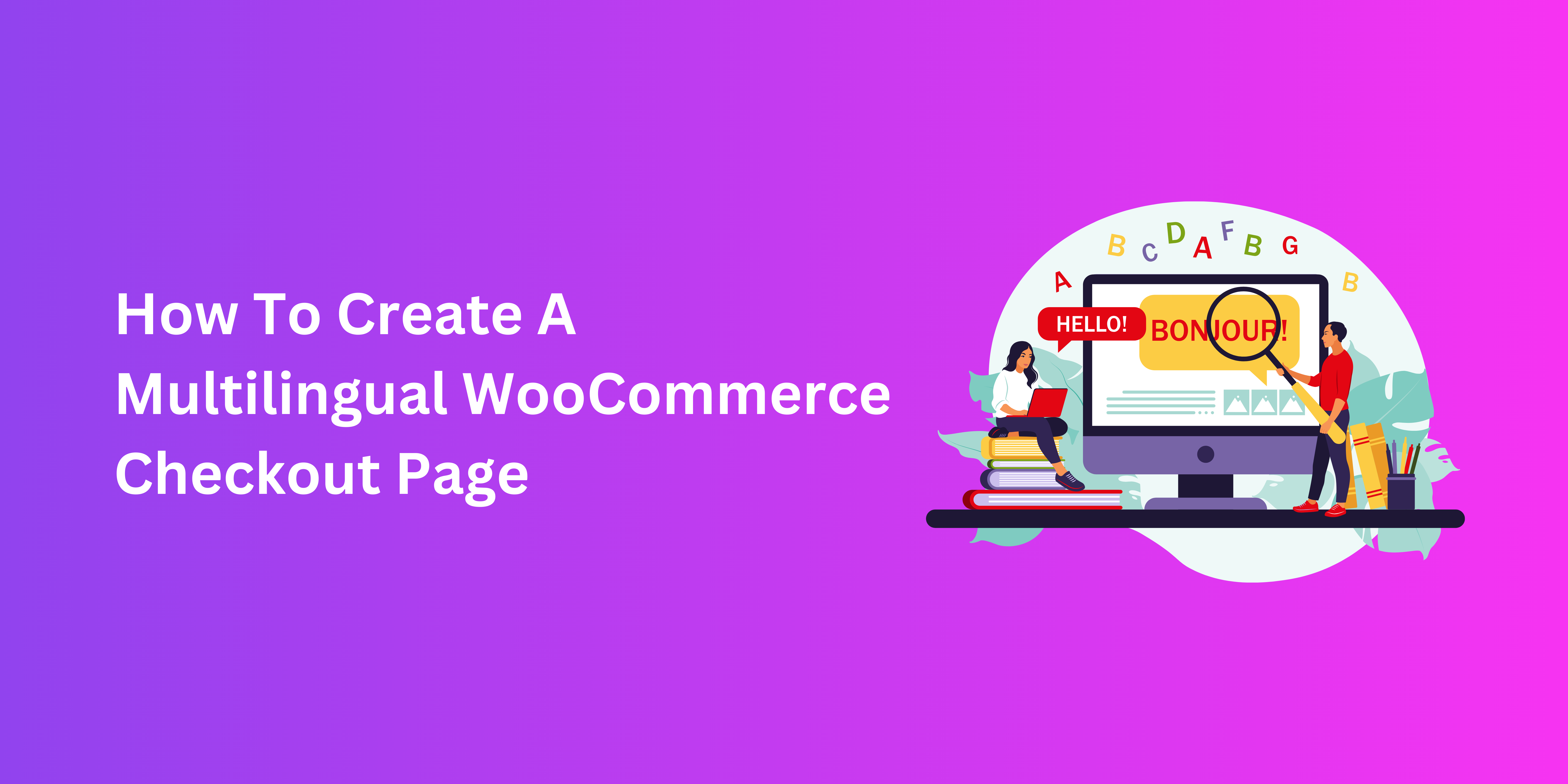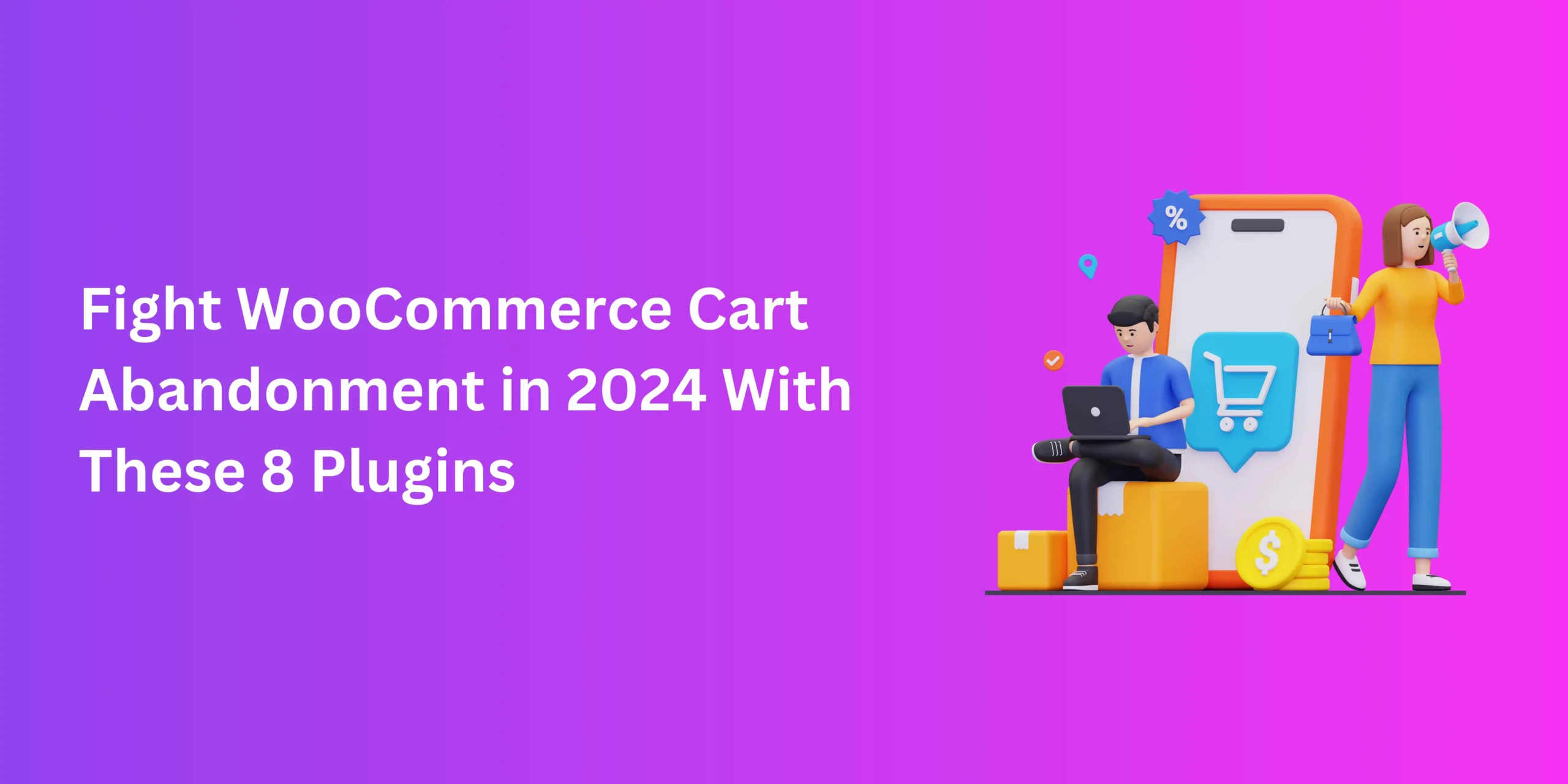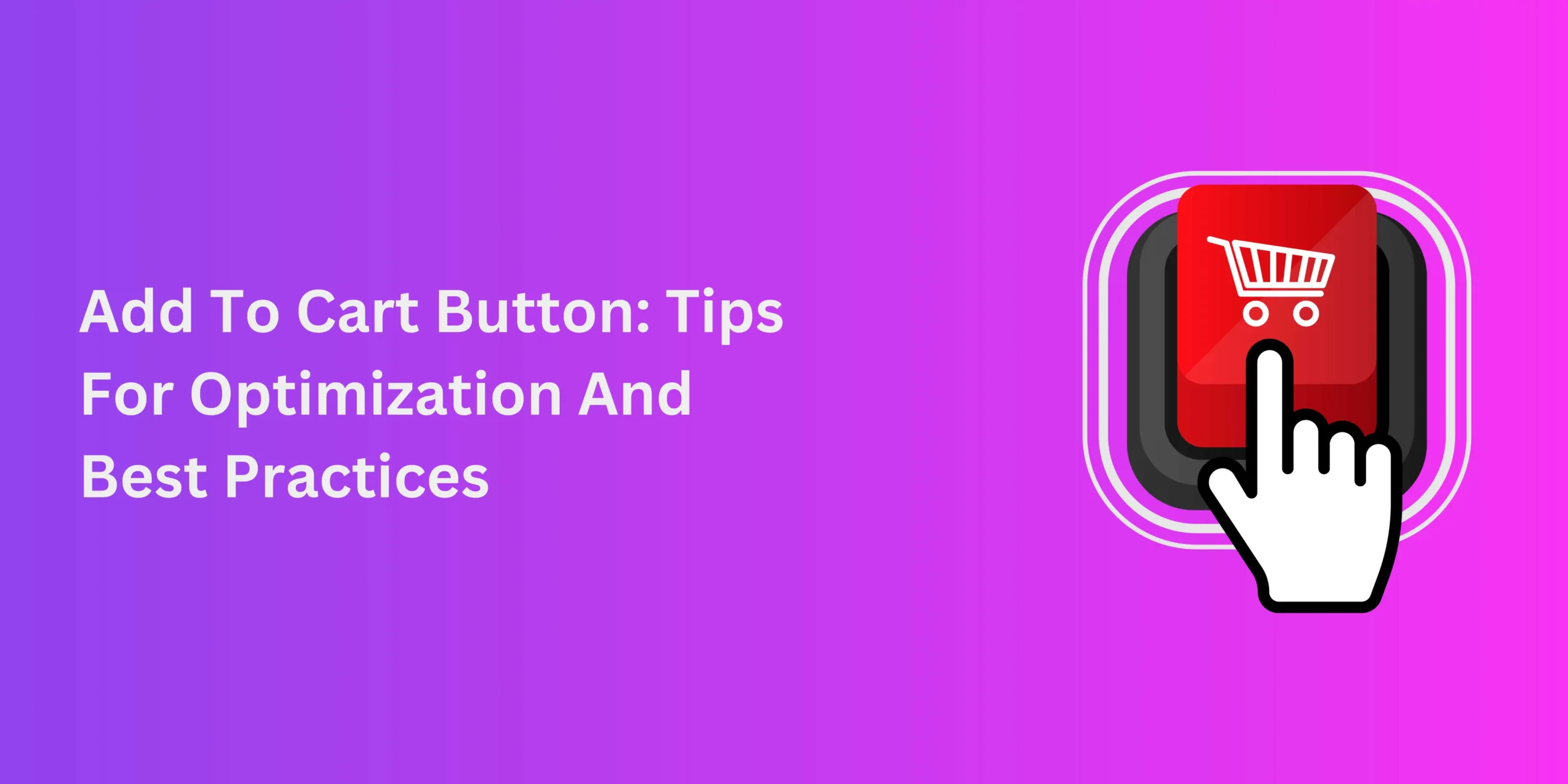Selling goods and services online has its benefits and downsides. You can reach out to all manner of audiences through the Internet. But still, e-commerce requires you to make some effort to match the service of face-to-face retail. Optimizing your woocommerce checkout page with a reliable WooCommerce checkout manager is a great start.
But as far as taking advantage of the internet is concerned, there is one area where businesses stumble in an attempt to grow their audience. That involves investing the bulk of their resources in a single group of customers. English speakers, for instance, seem to be high on the list of priorities for many entrepreneurs.
But when you’re fine-tuning your woocommerce checkout page and WooCommerce interface, you have an opportunity to take other groups of buyers into account. It’s important to understand how, and why, you should go about that approach, so let’s do that.
Why Market To Non-English Speakers?
As you’ll know by now, cart abandonment is rife in e-commerce, often due to reasons beyond an online shop owner’s control. The good news is that there are some simple solutions to address the various factors that lead to abandoned carts, like poor UX, a lack of transparency, or crowded checkout forms.
One thing that you need to consider is whether your store can accommodate buyers who don’t speak or use English, either at all or as a first language. But why, some of you may ask? It does seem that monolingual WooCommerce stores catering to American or Commonwealth audiences seem to do quite well in terms of conversions and sales.
The simple fact is that, in e-commerce, every potential audience is fair game. And non-English speakers are quite an abundant demographic, both on and offline. They make up billions of possible buyers throughout the world, particularly the EU, Latin America, and a significant chunk of Asia.
The Simple Rationale For Multilingual E-Commerce
If a foreign user is using your online store to order something, they might face issues if checkout is not optimized. The more your business takes the intricacies of other languages into account, the better things will be for them. That chance to shop in their native tongue is a testament to customer service that buyers will undoubtedly stick around for.
And that’s not just a fair guess. Studies reportedly support that multilingual e-commerce sites cater to anywhere between 60 to 70% more traffic and conversions. They also experience greater searches, sales, and competitive advantage. This isn’t surprising given the sheer volume of these native speakers using the internet.
The Basics Of Multilingual Checkout
A woocommerce checkout page is, in many ways, a lot like most other areas of an online business or blogging site. But in several crucial ways, it is also unique as it needs to process payments and shipping information while simplifying checkout for buyers.
So, it’s not just essential to simply overhaul your checkout for multilingual e-commerce. You need to optimize every inch of it for a uniform and inclusive WooCommerce shopping experience.
Clearly, this is not a job for a superficial solution like Google Translate. You need tools like WordPress Multilingual, or WPML, and not just because it offers over 60 preconfigured languages for translation. They offer a comprehensive multilingual solution for your online store.
- Detailed Translation
When translating an online store or WooCommerce checkout, it’s not just the text labels and calls to action that need interpretation. Everything from images and URLs to strings, slugs, and payment gateways requires translation
- DeepL-Powered Conversion
Going about translating figures of speech or references in the literal sense can lead to things being lost in translation. That’s how the Argentinian marketing for the 1978 musical Grease understandably, but unfortunately, came up with the title “Vaseline”. When you’re competing for clicks online, you need to avoid missteps like this.
This is where DeepL Translator comes into play. This service uses neural technology to flawlessly convey the underlying meaning of text between languages. That way, buyers will know exactly what a custom checkout field or CTA button is for.
- Currency Changing
While currency and language are two vastly different things, they sometimes go hand-in-hand when solving e-commerce woes for foreign buyers. So, it’s worth investing in a tool that caters to audiences in a given locale through translation as well as tailored currency settings.
So, WPML is a valuable tool to have when revamping your multilingual online shop. And for managing your checkout forms, you need a quality WooCommerce checkout field editor that’s compatible with tools like WPML.
Implementing Multilingual Checkout Experience
If you have your WooCommerce checkout fields plugin and WPML installed and activated, the process of WooCommerce translation is fairly simple. We’ll be focusing on checkout and making it easier for non-English customers to complete their purchases. Let’s begin.
Translating The Checkout Page
Typically, as you activate WPML, the standard protocols should help translate everything, including the woocommerce checkout page. This includes the custom fields and sections customized through your WooCommerce checkout manager plugin.
If that doesn’t work, you might be left with some untranslated sections on checkout. Luckily, you can manually convert these strings on your own, and here’s how.
- With WPML installed, locate it in your WooCommerce admin panel on the left.
- Go to String translations.
- Select the domain of the plugin providing the string.
- Look for the text that needs translating through the Search for field.
- Confirm your choice with the plus icon and save changes.
Multicurrency Settings
- Go to WooCommerce Multilingual in your WooCommerce admin panel.
- Click on the Multicurrency tab.
- Select the currencies you wish to add and format.
- Set the exchange rate, symbol, and position.
- Enable the currency switcher.
- Save your changes.
Conclusion: Woocommerce checkout page
Conquering language barriers proves lucrative in the world of e-commerce. When navigating your checkout features, maintain multilingual and multi currency features high on the list of priorities. Your overseas audience will thoroughly appreciate the care and attention reflected through your woocommerce checkout page.




